By Steve Windwalker
A couple of decades ago this week, during my stretch as an indie brick-and-mortar bookseller, and a member in good standing of the American Booksellers Association, I found myself once again on the home stretch of the business year. Each day in December would be a little bit better than the day before as holiday shoppers helped put a smile back on my face  after the months of difficult sledding that came before. Come Christmas Eve I’d close the store around 7 or 8 pm, take my family out for dinner and try to get myself into the proper holiday spirit as I contemplated the dramatic post-Christmas drop-off in sales.
after the months of difficult sledding that came before. Come Christmas Eve I’d close the store around 7 or 8 pm, take my family out for dinner and try to get myself into the proper holiday spirit as I contemplated the dramatic post-Christmas drop-off in sales.
Of course this is how it has been for everyone in the brick-and-mortar bookselling business — and many other retail sectors — for generations, but we are in the midst of cataclysmic change in the book business, and the chances are very good that this holiday season the world’s largest bookseller will experience something it has never experienced before.
Amazon issued one of its customary “tidbits o’ jolly sales metrics” press releases last week in which, among other things, the company let slip that its biggest single sales day of 2010 was Cyber Monday, November 29, 2010, when it sold 13.7 million items, or 158 items per second. Indeed I would be very surprised if Cyber Monday 2011 — November 28 — didn’t surpass the previous year’s benchmark to become the biggest single sales day in Amazon history, so far. There were certainly plenty of great deals available.
But here’s our prediction: either in 2011 or 2012, December 25 itself will become the new biggest sales day of the year for Amazon (in terms of sheer items sold), and once that change gains traction it will stay that way for a long, long time.
Why? Because the Kindles and Kindle Fire tablets that make up such a huge portion of Amazon’s items shipped prior to December 25 are the perfect content delivery system for all of the astonishingly fast-growing digital inventory of ebooks, MP3 music, movies, TV shows, apps, magazines, newspapers, audiobooks, and gift cards that are the new cornerstore of Amazon’s retail business for the rest of this decade.
We aren’t sure that this change will occur this year, but if it does occur it would be based on a sales units-per-Kindle model something like this:
- 4 million Kindle Fires shipped in the fourth quarter of 2011, with half of them opened on Christmas morning leading to the purchase that day of 2 million Kindle books, 1 million apps, 1 million MP3 songs, and 1 million other digital files including movies, TV shows, audiobooks, magazines, and newspapers = 5 million units.
- 4 million eInk Kindles shipped in the fourth quarter of 2011, with half of them opened on Christmas morning leading to the purchase that day of 3 million Kindle books = 3 million units.
- 20 million Kindles sold prior to the fourth quarter of 2011, with 12 million or more still in service and used for the purchase on Christmas Day of 5 million Kindle books = 5 million units.
- 1 million other items purchased on Christmas Day in other Amazon departments, including items purchased with Amazon gift cards opened Christmas morning and many more physical items purchased from the Amazon store by shoppers sitting on their sofas and playing with their new Kindle Fire tablets.
So maybe it will happen this year, maybe it will happen next year — and let’s be very clear that we’re talking units here and not dollars. (These units-per-Kindle models seem pretty conservative, so I am having a little trouble imagining how it would not happen this year.)
But lest you think of this as just some kind of flukey factoid-to-be, to be remarked upon and then forgotten, let’s also be clear this is a change that will herald major waves of transformation in the book and other media industries for years to come.
The increasing importance of instant shopping as opposed to pre-event shopping-and-shipping will mean a continuing decline in seasonal shopping and all of the ways that retail seasons have traditionally organized distribution channels, catalogs, the behavior or even the existence of sales reps, seasonal marketing campaigns, etc. Meanwhile Amazon will get to have it both ways, with huge dollar sales of Kindle content delivery systems between Thanksgiving and Christmas year, followed inevitably by huge unit sales of Kindle content each year during the “12 Days of Christmas” Between Christmas and Epiphany.
While it may seem a bit overheated to speak of these Kindle content delivery systems as an extension of our brains or as portals to all things cultural or consumable, it is nonetheless clear that they are remarkable engines of economic disintermediation that relentlessly — some would say cruelly — slice off inefficiencies and waste, and throw to the curb those who have depended on such inefficiencies for their livelihood.
 I began self-referentially with a mention of my independent, brick-and-mortar bookselling roots. Even back in my American Bookseller Association days, I knew that it was futile and irrelevant of my colleagues and myself to rant against bogeymen like the chains and bookselling superstores. I’m always sad when I hear of someone from the traditional book business or printing industry who is out of work and not likely to be employable again without a career transformation, but I am just as sad when I hear my friends rant against change that is inevitable as if it was somehow just the fault of Jeff Bezos.
I began self-referentially with a mention of my independent, brick-and-mortar bookselling roots. Even back in my American Bookseller Association days, I knew that it was futile and irrelevant of my colleagues and myself to rant against bogeymen like the chains and bookselling superstores. I’m always sad when I hear of someone from the traditional book business or printing industry who is out of work and not likely to be employable again without a career transformation, but I am just as sad when I hear my friends rant against change that is inevitable as if it was somehow just the fault of Jeff Bezos.
It’s not very Zen of me to say so, but where we are may be less important than where we are headed. We’ve already arrived at a place where there is:
- a store that sells everything….
- a store that can suggest what we want next….
- a store that delivers instantly….
- a web browser that anticipates where we are going….
Sure, there are other retailers who can look at the above list and say “we do that too,” but we all know that Amazon is driving this kind of change. Yet even with the potentially frightening world dominance that some may consider implicit in the fact that each of those lines characterizes Amazon, we are also within a daydream of a rebel and democratic marketplace of the mind where:
- every reader is a writer, or at least a literary agent….
- every viewer is an actor, or at least a casting director….
- every listener is a player, or at least a DJ….
- every downloader is an uploader, or at least a blogger….
- and every promotion is personal.
In such a wor ld the feedback will increasingly be the filter, and our ability to make choices in a world of limitless choice will depend more than ever on knowing who we can trust to help us distinguish between the ridiculous and the sublime. Our friends will be our networks, and our networks, more and more, will be in our minds.
ld the feedback will increasingly be the filter, and our ability to make choices in a world of limitless choice will depend more than ever on knowing who we can trust to help us distinguish between the ridiculous and the sublime. Our friends will be our networks, and our networks, more and more, will be in our minds.
Ray Kurzweil may say that we’ll have to wait until 2029 for the Singularity, but here at Kindle Nation we won’t be surprised if the Kindle Fire is offered as an implantable chip before the decade is out.



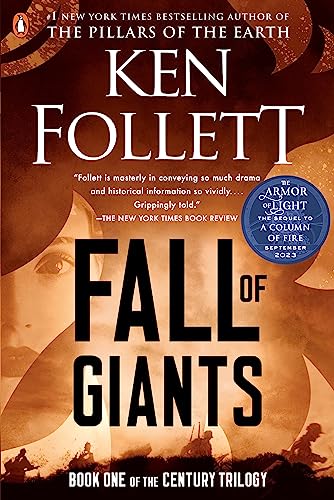
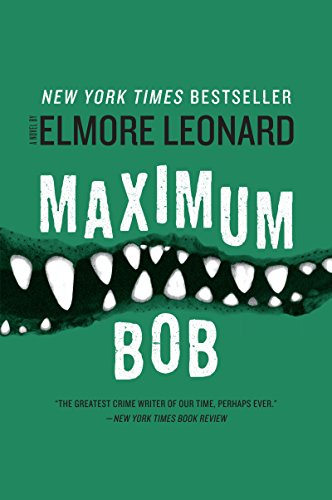
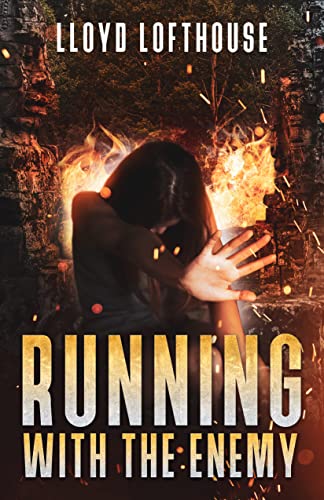
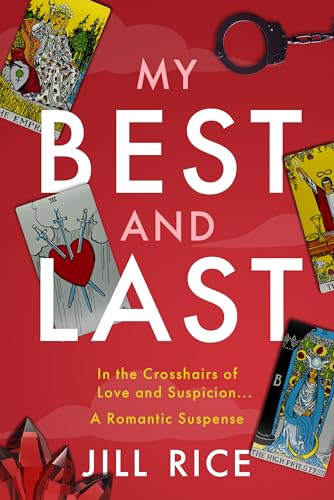


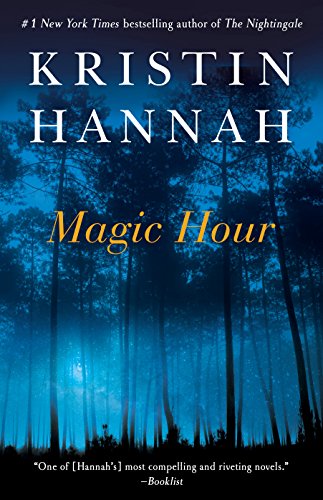
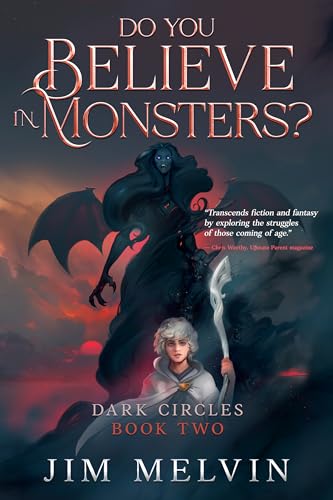
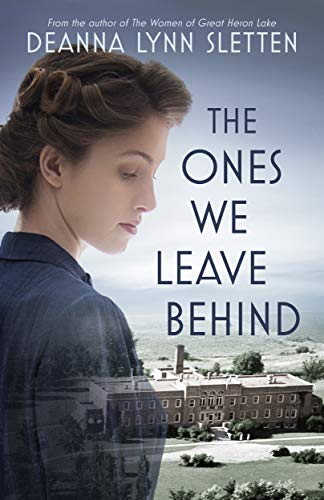
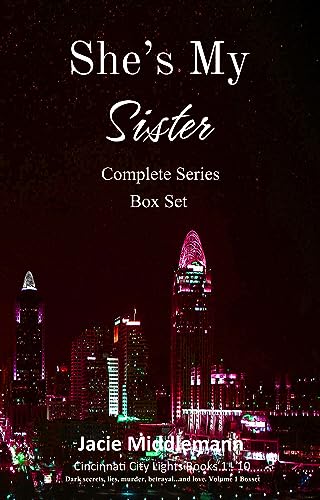



![History of E-books [Infographic]](http://ebookfriendly.com/wp-content/uploads/2011/02/history_of_ebooks.jpg)